It's 5 O'Clock Somewhere: Cheers and Beer in Japanese
How to Say Cheers in Japanese: A Guide to Toasting Phrases and Beer Brands
Deepening friendships through drinking is a very effective way to build relationships in any culture!
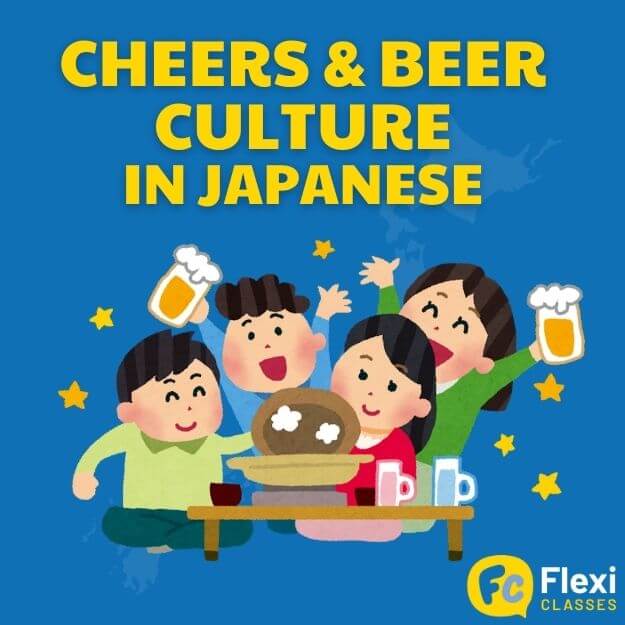
Whether you’re enjoying a night out at an izakaya, celebrating with friends, or savoring a cold drink in Japan, knowing how to say “cheers” is essential.
In Japanese, the word for “cheers” is 乾杯 ( かんぱい kanpai), which literally means “empty your cup.” It’s a phrase that brings people together and sets the tone for a fun and memorable time.
If you’re a beer lover, you’ll also want to know the Japanese word for beer: ビール ( biiru).
🍻 Saying “cheers” in Japanese goes beyond just raising your glass—it’s a way to show respect and connect with those around you.
In this article, we’ll teach you even more Japanese vocabulary (including beer brands!) and introduce you to Japanese drinking culture.
Cheers and Beers in Japanese || About The Culture
Cheers and Beers in Japanese || Kan-pai and Nomikai
Cheers and Beers in Japanese || Japanese Beer Brands and Markets
Cheers and Beers in Japanese || How Nomikai Proceeds
Cheers and Beers in Japanese || FAQs
Cheers and Beers in Japanese || About The Culture
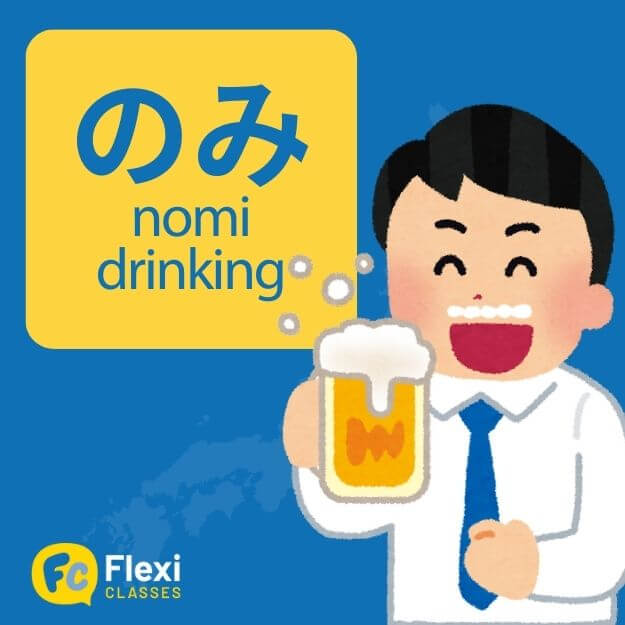
In Japan, there is a general perception that the drinking scene is a scene that deviates slightly from everyday life.
In Japan, there is a word 無礼講 ぶれいこう (bureikou). The word 無礼 ぶれい (burei) means disrespectful, and such disrespect is sometimes tolerated at a drinking party.
The word “bureikou” has its earliest usage in the 1320s during the Kamakura period (1185-1333), suggesting that the above notion has existed in Japan for 700 years.
Therefore, it is highly likely that Japanese people open up and speak their true feelings when drinking. Therefore, learning conversational expressions when drinking can be very helpful in building stronger relationships with the Japanese!
In recent years, the term 飲みニケーション nominication – has been used by combining the word 飲み のみ nomi (meaning “drinking”) and communication. This term implies that communication involving drinking is a unique kind of occasion.
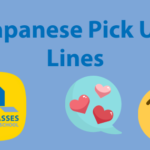
Japanese Pick Up Lines 😉 28 Ways To Raise Your Japanese Rizz
Let’s learn some Japanese pick up lines together. We have a huge total of 28 Japanese chat up lines that will break the ice with your crush! Let’s discover.
Cheers and Beers in Japanese || Kan-pai and Nomikai
In Japanese, “cheers” is 乾杯 かんぱい kan-pai.
This means “to dry a cup” and is a standard expression before starting to eat or drink. It can be said at the beginning of a party, or again when starting another kind of sake.
There is no problem in saying just “kan-pai” when interacting with superiors, as well as with colleagues and friends.
In Japan, drinking parties among coworkers after work are frequent, much to the surprise of foreigners. For Japanese people, the workplace is considered a community rather than just a place of work, and socializing outside of work is important.
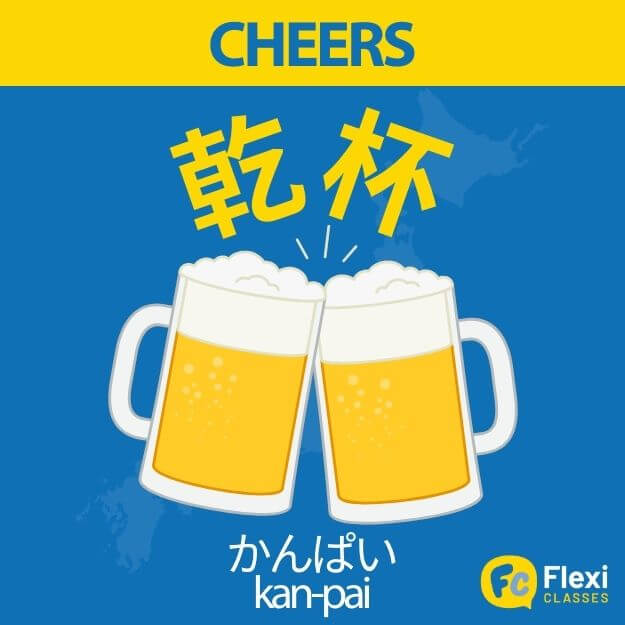
While there are exceptions in newer companies or those with a large number of non-Japanese employees, this is still the norm in large companies that have been around for a long time.
When a party involves alcohol, it is commonly referred to as a 飲み会 のみかい nomikai – a drinking party in Japan.
At a nomikai, people are encouraged to pour sake into each other’s glasses. At a nomikai in the workplace, the subordinate generally pours sake into his/her superior’s glass first, followed by the superior pouring into the subordinate’s glass.
🍻 After that, the words “kan-pai” are exchanged and drinking begins.
Got any interesting alcohol-related experiences in Japan? Drop them here!
Cheers and Beers in Japanese || Japanese Beer Brands and Markets
Beer consumption in Japan is estimated to be about 1.8 million kiloliters in 2020. Although it is on a declining trend compared to the past, beer is still popular in Japanese society, and there is an expression とりあえずビール toriaezu bi-ru.
“Toriaezu” means “firstly; first in first.”
This expression reflects the common Japanese notion that beer is the first drink at a nomikai. Of course, in recent years, such a common belief has faded, and there is no particular problem if you order another type of drink first.
👉 Famous Japanese beer brands include Asahi, Kirin, Suntory, and Sapporo.
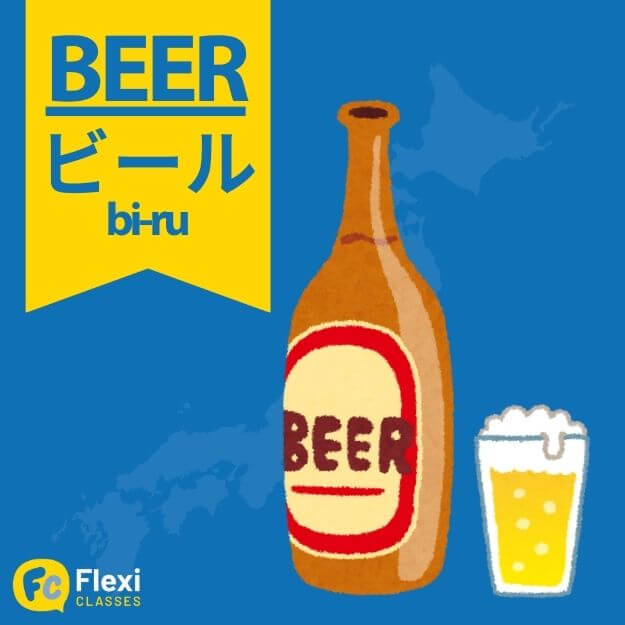
Asahi アサヒ , which means “morning sun” in Japanese, was founded in 1889 as the Osaka Beer Company, the first company to sell beer in bottles in Japan.
The company merged with another company to form Dainippon Beer, which was dismantled in 1949 after the war and became Asahi Beer. The company is best known for its” Asahi Super Dry アサヒスーパードライ , the best-selling beer in Japan.
Kirin キリン , the second largest brewery by sales, originated from a brewery founded by an American, William Copeland, in 1870 and was incorporated as Kirin Brewery in 1907. It is also known as a member of the Mitsubishi Group.
Its most famous product is “Kirin Ichiban Shiboriキリン一番搾り キリンいちばんしぼり , and although it lags behind Asahi in sales, it is known for its strong fan base.
Suntory サントリー , the third largest company in terms of sales, was originally Torii Shoten, a Western liquor sales company founded in 1899, and entered the beer business in 1963. It is best known for its high-priced brand, “The Premium Malts プレミアムモルツ .
Fourth-ranked Sapporo Beer サッポロビール was established in 1949 when Dainippon Beer, the predecessor of Asahi Beer, was dismantled. It is known for its brand “Sapporo Black Label – サッポロ黒ラベル サッポくろラベル .
Cheers and Beers in Japanese || How Nomikai Proceeds
A nomikai in Japan begins as follows.
First, wait for the glasses filled with drinks to be distributed to all participants. After everyone has been served, a representative greets everyone.
At the end of the greeting, when “kan-pai” is called for, everyone says “kan-pai” and clinks their glasses together. Then everyone takes a sip and claps hands together. After that, you may talk freely.
Restaurants for the purpose of drinking in Japan are generally called 居酒屋 いざかや izakaya. 居 [い means “sitting, 酒 さけ means sake or alcoholic drinks, and 屋 や means shop, store or restaurants.
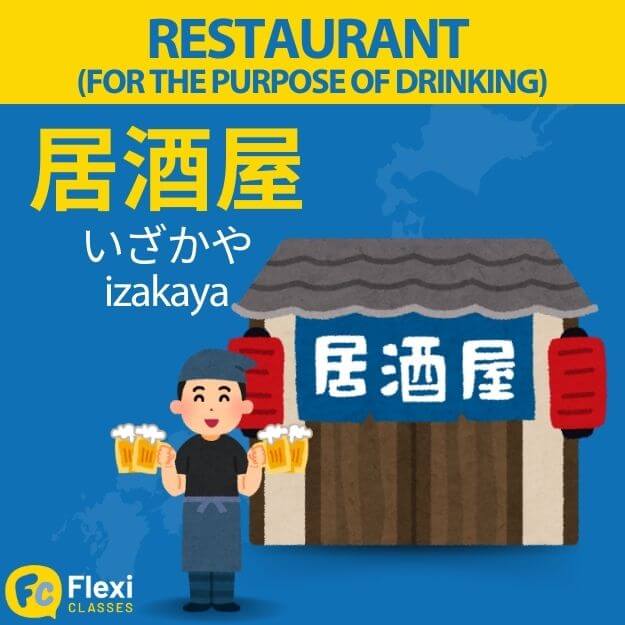
Even in Japanese, the term “bar” refers to counter-only, high-priced places attached to hotels, etc., while “izakaya” refers to a wider range of drinking establishments, from popular to relatively high-priced ones. So-called “nomikai” is usually held at izakayas.
As mentioned above, it is common for the subordinate to pour drinks for the boss first.
This is called お酌 おしゃく oshaku in Japanese. Even among colleagues and friends, it is considered good manners to pour a drink when the other person’s glass is empty.
Finally, you pay the bill. In Japan, it is common to split the bill, but at workplace drinking parties, the boss may pay more.
After the main drinking party is over, people often start drinking again at another location. These are called after-parties 二次会 にじかい nijikai.
At after-parties, it is common to go to a different type of place than the first drinking party, such as a karaoke or a bar.
That’s all for this article. Make sure to drink responsibly and enjoy your beer!
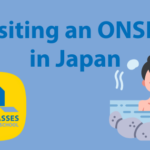
Visiting an Onsen in Japan // Which Onsen & What Should I Know
Visiting an onsen in Japan is an absolute must. Onsens are the natural hot springs in Japan and a big part of Japanese culture but what should you know?
If you enjoyed this article, make sure to check out:
Cheers and Beers in Japanese || FAQs
How do you say “cheers” in Japanese?
In Japanese, cheers is “乾杯 [ かんぱい ] kan-pai.” It can be used both in casual and business situations.
How do you say “beer” in Japanese?
The Japanese word for beer is ビール (biiru), similar to the English word!
What is an “izakaya”?
Izakaya is a word for restaurants for the purpose of drinking in Japan. It refers to a wide range of drinking establishments, from popular to relatively high-priced ones.
What kinds of beers are selling well in Japan?
The top sellers are Asahi, Kirin, Suntory and Sapporo.
What is “お酌 [しゃく] oshaku”?
It refers to pouring a drink into another person’s glass, and is an important part of the Japanese nomikai.
What is “二次会 [にじかい] nijikai”?
Nijikai is an after-party. It is common to go to a different kind of restaurant than the first nomikai for nijikai.
Want More From LTL?
WANT TO LEARN JAPANESE? Check out our online Japanese courses here.
We offer a 7-day free trial to all new students where you can study 24/7.
What about studying Japanese in Japan instead? We’ve got your back. Our Japanese courses in Tokyo can either be taken in small groups of no more than 5 students or individually for a more tailored experience.
We even offer incredible homestay experiences in Tokyo as well.
Come and be a part of this amazing community.









